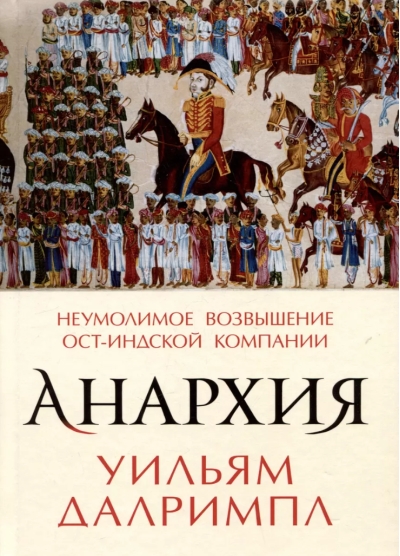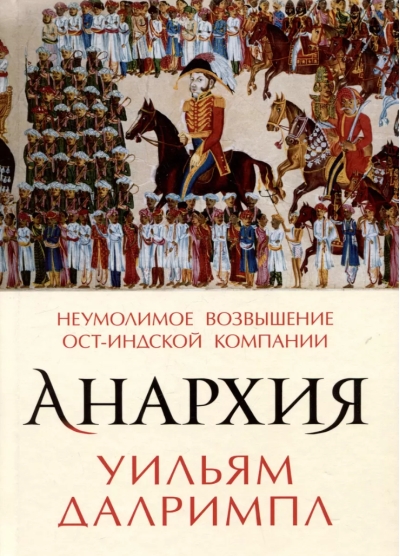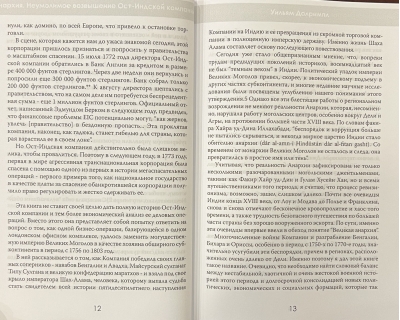Anarchy: The Inexorable Rise of the East India Company
19.99 €
The only thing available 2
One of the earliest Indian words to enter the English language was Hindustani slang for robbery: loot. According to the Oxford English Dictionary, the word was rarely heard outside the plains of North India until the late eighteenth century, when it suddenly became a common term in Britain. A visit to Powis Castle in the Welsh Marches is enough to understand how and why it came to flourish in such a remote landscape.
The last crown prince of Wales, the memorable Owain Gruffydd ap Gwenwynwyn, built Powys Castle as a rock fort in the 13th century; the estate was his reward for giving up Wales in favor of the English monarchy. But its most impressive treasures date from a much later period of English conquest and appropriation.
Indeed, Powis is simply crammed with booty from India - room after room of imperial plunder from the East India Company (OIC) in the eighteenth century. More Mughal artifacts are stacked in this private home in the Welsh countryside than are on display anywhere else in India - even the National Museum in Delhi. Among the riches are polished gold hookahs inlaid with inlaid ebony; magnificent Badakhshan inscribed spinels and precious daggers; sparkling rubies the color of pigeon's blood and scatterings of lizard-green emeralds. There are tiger heads with sapphires and yellow topazes, ornaments of jade and ivory, silk pendants embroidered with poppies and lotuses, statues of Hindu gods and elephant armor. In a place of honor stand two great spoils of war, taken after the defeat and death of their owners: the palanquin of Siraj ud-Daula, the Nawab of Bengal, left by him after his flight from the battlefield of Plassey, and the campaign tent of Tipu Sultan, the Tiger of Mysore....
The last crown prince of Wales, the memorable Owain Gruffydd ap Gwenwynwyn, built Powys Castle as a rock fort in the 13th century; the estate was his reward for giving up Wales in favor of the English monarchy. But its most impressive treasures date from a much later period of English conquest and appropriation.
Indeed, Powis is simply crammed with booty from India - room after room of imperial plunder from the East India Company (OIC) in the eighteenth century. More Mughal artifacts are stacked in this private home in the Welsh countryside than are on display anywhere else in India - even the National Museum in Delhi. Among the riches are polished gold hookahs inlaid with inlaid ebony; magnificent Badakhshan inscribed spinels and precious daggers; sparkling rubies the color of pigeon's blood and scatterings of lizard-green emeralds. There are tiger heads with sapphires and yellow topazes, ornaments of jade and ivory, silk pendants embroidered with poppies and lotuses, statues of Hindu gods and elephant armor. In a place of honor stand two great spoils of war, taken after the defeat and death of their owners: the palanquin of Siraj ud-Daula, the Nawab of Bengal, left by him after his flight from the battlefield of Plassey, and the campaign tent of Tipu Sultan, the Tiger of Mysore....
See also:
- All books by the publisher
- All books by the author











